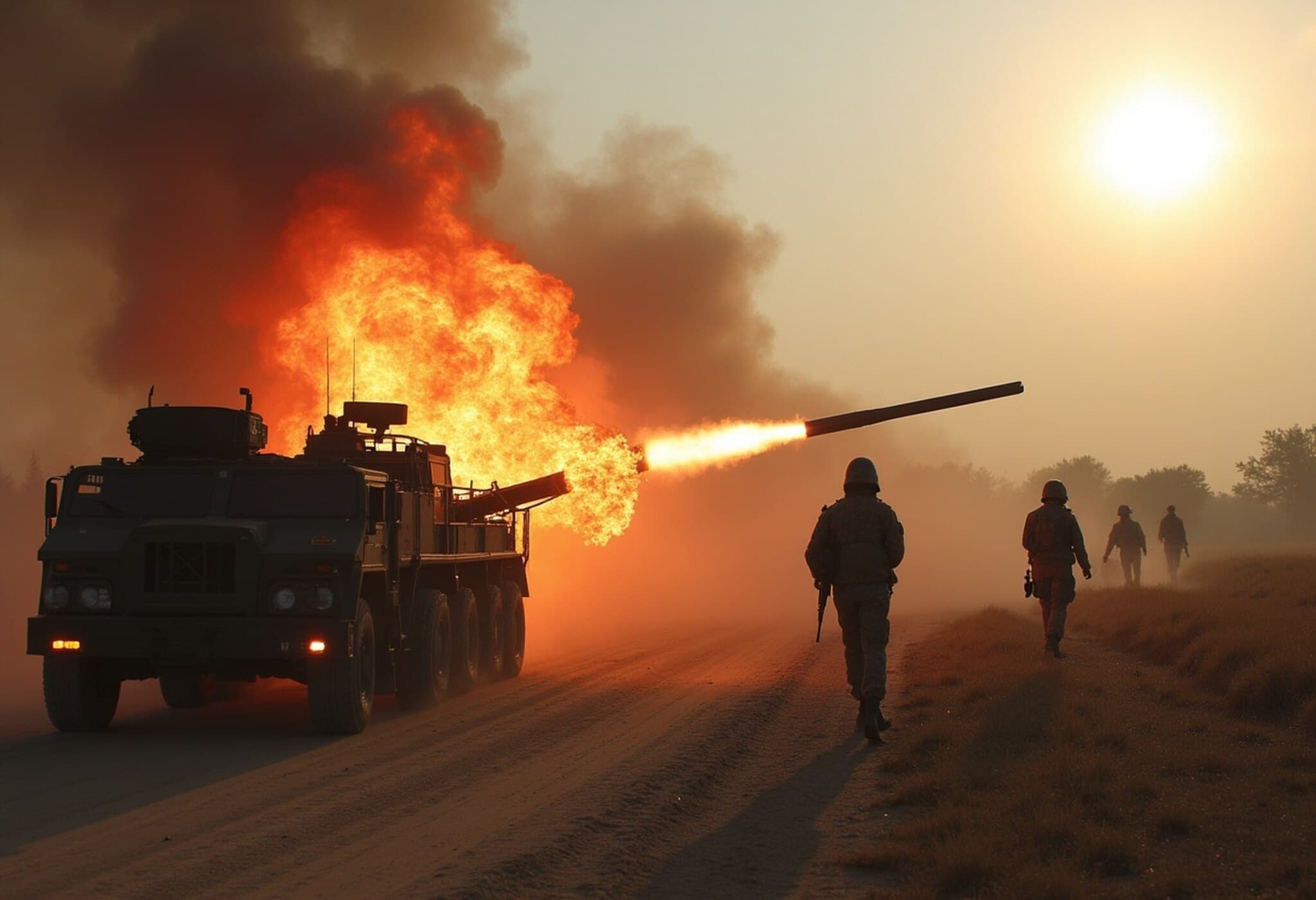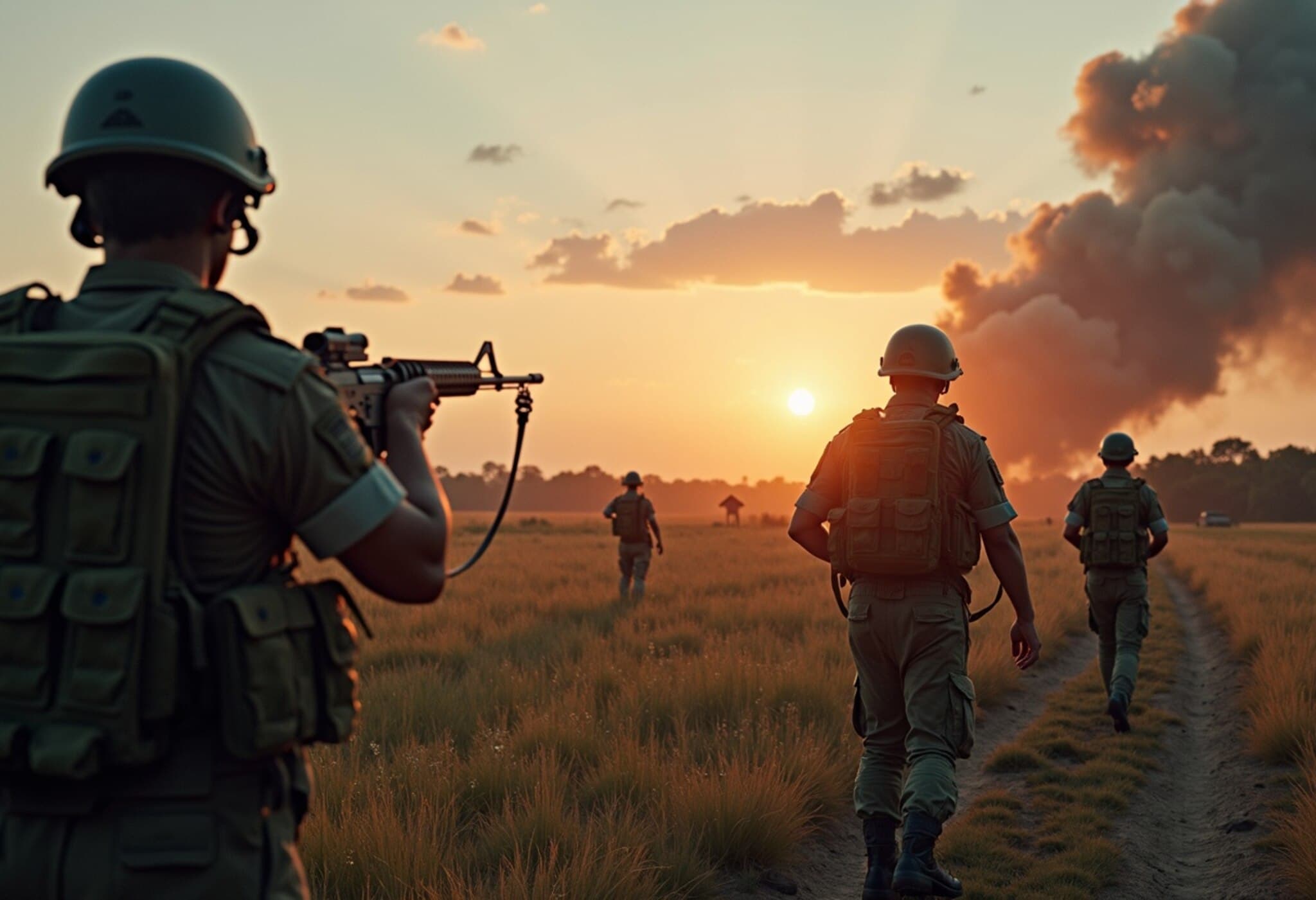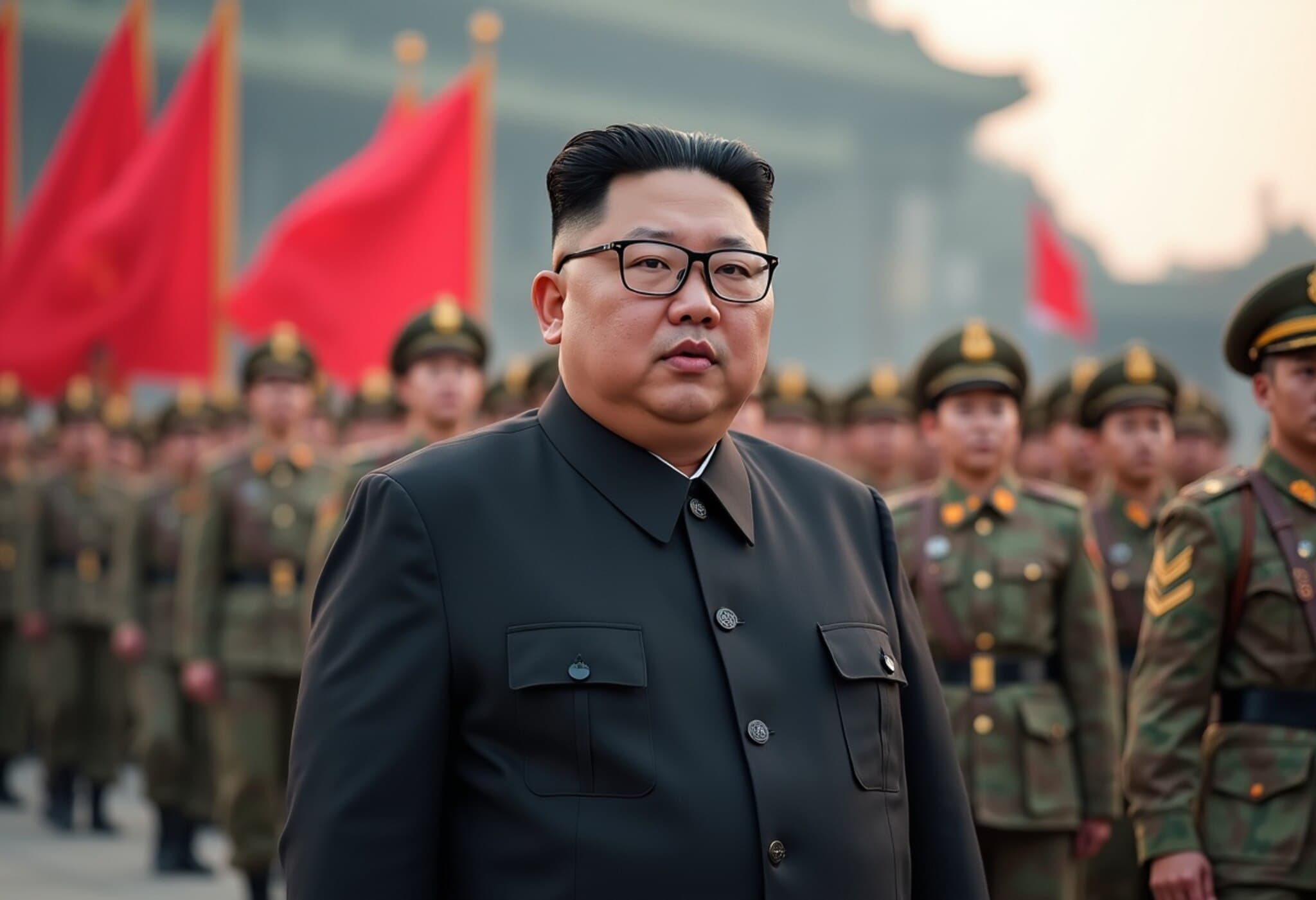A Renewed Border Conflict Unveils Stark Military Imbalance
In late July 2025, tensions flared once again along the historically contested Thailand-Cambodia border near the ancient Ta Muen Thom temple, reigniting decades-old disputes in a volatile region. What began as artillery exchanges rapidly escalated into a complex military incident revealing deep disparities in capability, strategy, and geopolitical stakes between the two neighbors.
Historical Roots and Recent Provocations
The clash on July 24 commenced with Cambodian forces deploying multiple rocket launchers targeting Thai positions. The Royal Thai Army reported simultaneous engagements at six sites, prompting swift aerial retaliation with F-16 fighter jets executing precision airstrikes on Cambodian battalion command posts. Tragically, these attacks resulted in civilian casualties, including children, underlining the human cost of territorial disputes often overshadowed by military statistics.
The diplomatic consequences intensified swiftly as Cambodia condemned Thailand’s actions as “brutal aggression,” with Prime Minister Hun Manet threatening retaliation. Both nations expelled each other’s ambassadors and sealed all border crossings, signaling deteriorating relations and diminishing prospects for immediate de-escalation.
Dissecting the Military Imbalance
Personnel and Financial Clout
- Thailand: Over 600,000 total military personnel, including 360,000 active-duty troops; a defense budget nearing $5.9 billion in 2025.
- Cambodia: Approximately 231,000 personnel mostly active duty; defense budget around $860 million.
Though Cambodia allocates a higher GDP percentage (1.5%) to defense efforts than Thailand (1.1%), Thailand’s sheer investment outpaces its neighbor nearly tenfold, translating into advanced procurement and technological advantage.
Armored and Artillery Capabilities
- Thailand fields 635 modern main battle tanks, including M60A3 Pattons and sophisticated Ukrainian T-84 Oplots, supported by nearly 17,000 armored fighting vehicles.
- Cambodia surprisingly maintains a comparable number of tanks (mostly older T-55 and Type 59 models) yet operates fewer armored vehicles overall.
However, Cambodia holds a notable edge in rocket artillery, boasting 463 multiple launch rocket systems like BM-21 Grad and RM-70, emphasizing saturation fire—an asymmetric tactic designed to maximize area denial despite technological gaps.
Air and Naval Power
Thailand’s Air Force remains dominant with nearly 500 aircraft, including 72 combat jets like F-16s and Saab Gripens, alongside a comprehensive helicopter and transport fleet.
In stark contrast, Cambodia possesses only 25 mainly non-combat aircraft, lacking jet fighters entirely, thus dependent on ground-based air defenses.
At sea, Thailand commands a helicopter carrier and multiple frigates and corvettes, soon to be supplemented by Chinese-built submarines, signaling ambitious blue-water goals. Cambodia’s naval presence is limited to approximately 20 patrol boats focused on coastal and river security, starkly inferior for high-intensity maritime operations.
Chong Bok: A Flashpoint for Escalating Tensions
Since June 2025, the Chong Bok border zone witnessed increased Cambodian troop concentrations, estimated at 12,000 soldiers, accompanied by heavy artillery and fortified defenses. Allegations from Thai intelligence accuse Cambodia of embedding rocket launchers near civilian areas, raising ethical and humanitarian concerns amid active hostilities.
A reported landmine incident injuring a Thai soldier further complicated adherence to previous demining agreements, with Cambodia denying involvement and attributing injuries to residual mines dating back decades.
Diplomatic Fallout and Political Repercussions
The military clash triggered rapid diplomatic setbacks, including ambassador expulsions and border lockdowns. Cambodian Prime Minister Hun Manet pledged military readiness, reactivating conscription laws, hinting at preparation for prolonged conflict.
In Thailand, political turmoil arose when Prime Minister Paetongtarn Shinawatra faced backlash after a leaked call with former Cambodian PM sparked an ethics probe and suspension. Nationalist calls have intensified for stronger military oversight along border zones, illustrating how external conflicts can fuel internal political instability.
Strategic Implications: Strength Versus Strategy
Cambodia’s approach leverages asymmetric warfare principles, deploying large rocket artillery volumes and capitalizing on political ambiguity to challenge Thailand's overwhelming conventional power. Meanwhile, Thailand emphasizes precision strikes enabled by superior intelligence, surveillance, and reconnaissance (ISR), aiming for controlled responses to avoid wider regional repercussions.
This contest is less about outright dominance and more about strategic signaling, cost-benefit calculations, and international diplomatic positioning. The situation raises critical questions about the efficacy of military strength in resolving border disputes that are deeply entangled with historical grievances and regional geopolitical dynamics.
Editor’s Note: Navigating Risk Amidst Regional Complexity
The Thailand-Cambodia border conflict of 2025 is emblematic of broader Southeast Asian security challenges—where historical disputes, asymmetrical military capabilities, and nationalistic fervor intersect. As military tensions escalate, the human toll and diplomatic consequences underscore the need for renewed dialogue and multilateral engagement under ASEAN frameworks.
How can powerful neighbors balance deterrence with diplomacy to prevent protracted conflict? And will international actors play a constructive role respecting sovereignty while promoting peace? These questions remain pivotal as the region watches closely.












